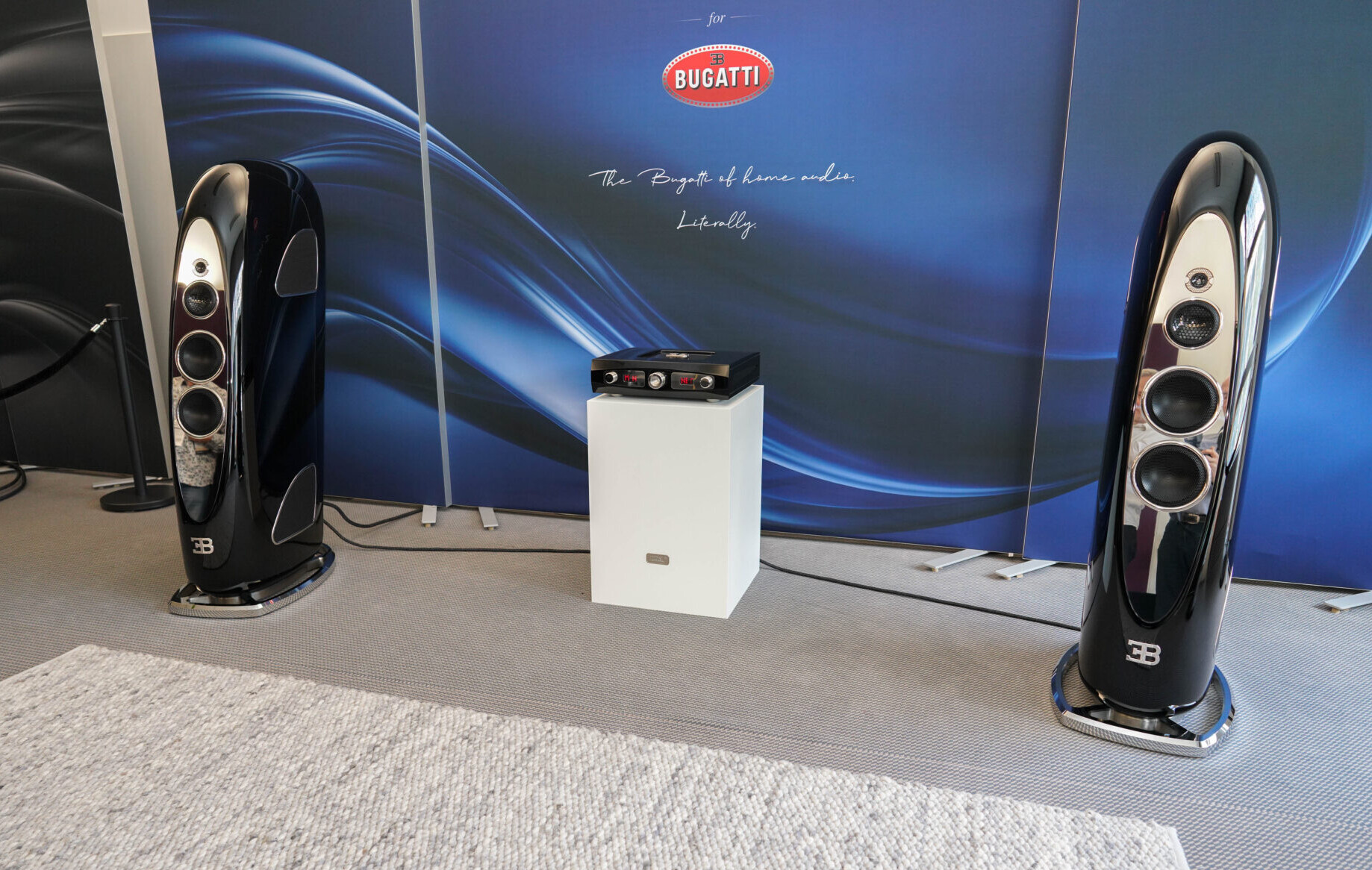
Vienna Acoustics’ Mozart Infinity is a powered speaker system with multiple inputs and a difference. For starters (and most obviously) only one speaker is powered. In fact, it’s easier to envisage this as a pair of conventional passive speakers, with an electronics module built into one of them. That electronics package includes the obligatory streaming capability and class D amplification, but it also offers both analogue and digital inputs (including HDMI). The amp drives the speakers via their passive crossovers, a single cable joining one speaker to the other. The result is neat, petite and discrete. It runs from its own control App and offers all the versatility required. More importantly, it sounds genuinely (astonishingly) musical and coherent. At €12,000 a pair, it’s not exactly beer budget, but it looks and sounds like the money. Could I produce better sound using equivalently priced separates? I’m really not sure that I could – and I definitely couldn’t match the Mozart Infinity’s versatility or elegant good looks. For the first time, customers can buy a space efficient and versatile system that sacrifices neither appearance nor performance. This might not be the light at the end of the tunnel: it might just be the on-rushing locomotive!

In one sense, you could argue that the Tidal for Bugatti speakers DO follow the paper playbook. However, their developmental history, design environment and final form suggest otherwise. Tidal, in the shape of La Assoluta, already produce one of the largest and most ambitious (as well as one of the best) loudspeaker systems available. The question facing designer Jörn Janczak, was how to step beyond that? Bigger and even more cabinets? No – the solution had to offer superior performance from a smaller but more sophisticated package, one that built on the existing technology and materials. One area to improve was the characteristic, facetted cabinet of the Tidal designs. By moving to a complex, braced monocoque, the shape and behaviour of the enclosure could be improved. Now bear in mind that Tidal also produce world-class amplification and the possibilities for an active system that benefits rather than suffers from the problem become clear. Sensibly, the system includes a ‘third box’ a central controller that provides the input nexus and does the necessary digital sorting. The project was already well advanced before Bugatti came calling: the two companies’ plans just happened to coincide perfectly, in terms of aesthetics and ambition. The results don’t disappoint.
I only heard a single track, on which basis I’m unwilling to bring down the curtain on separates systems just yet. But the potential is there and the performance is stunningly apparent. More importantly, the Bugatti speaker shatters the price/performance ceiling, redefining both what is possible and what it costs to achieve. Along the way I suspect it also makes actually achieving that performance way, way easier.

Is that a bold statement? It is – but then this is a remarkable performer. To appreciate just how remarkable just ask yourself how many €200K+ loudspeaker systems you can name? It’s pretty easy to get to double figures. Now add to their prices the cost of appropriate amplification and you’ll quickly find yourself well the wrong side of the Bugatti’s €405K asking price – and that’s for a complete, ready to run, streaming capable system, one with a performance that I’m confident could eclipse all but the very, very best (and most costly) competition. The majority of systems out there it would simply trample – and it would do so with three, beautifully styled boxes in almost any situation. If the Vienna Acoustics Mozart Infinity presents a challenge to like-priced separates, what we heard in Munich suggests that the Tidal for Bugatti speakers will crush them.

